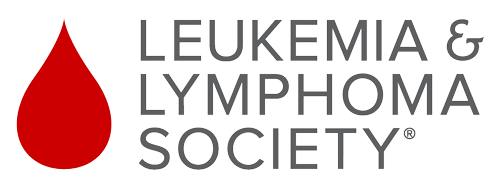Why are some transplants done with stem cells and other transplants are done with bone marrow? What factors determine the plan?
- by Christine M
from USA
Transcript:
Christine M:
Why are some transplants done with stem cells and other transplants are done with bone marrow? What factors determine the plan?
Dr. Sergio Giralt:
Christine, thank you so much for that very important question. I’m Sergio Giralt, I’m a professor of medicine at Weill Cornell Medical College and a deputy head of the division of hematologic malignancies at Memorial Sloan Kettering Cancer Center and a member of the adult BMT (bone marrow transplant) service.
You ask a question that many patients and donor ask. Should we do a bone marrow transplant? Should we do a peripheral blood stem cell transplant? And we actually have data that will inform the decision. Just to remind everybody who’s hearing us is when we do a bone marrow transplant, we take the stem cells from the bone marrow, those are the hip bones from the donor. And to be able to do this, we put the donor under general anesthesia and the physicians and the operators in the donor center doing the same procedure patients get when they get a bone marrow aspiration, but they do it 100 times to be able to get enough stem cells to be able to do a bone marrow transplant.
When we do a peripheral blood stem cell transplant, the donor gives themselves a shot with a mobilizing agent called filgrastim or G-CSF (Granulocyte-Colony Stimulating Factor). And that moves the bone marrow stem cells from the bone marrow into the blood and we collect it as if they were donating platelets or donating blood and that’s what’s called a peripheral blood stem cell transplant.
Are there differences in the outcomes if a patient gets a bone marrow transplant versus if a patient gets a peripheral blood stem cell transplant? And the answer is yes. We know from randomized trials that patients who get a peripheral blood stem cell transplant have more rapid neutrophil recovery. And many times, get out of the hospital quicker. When a patient gets a bone marrow transplant, the recovery of neutrophils is slower. But there is a beneficial effect of getting a bone marrow transplant over peripheral blood. There is less chronic graft versus host disease (cGVHD) that is the late graft versus host disease (GVHD) that patients experience.
Now, you would say that everybody should get a bone marrow transplant and reality there are specific patients who really, really, really should get bone marrow transplants and not peripheral blood. Who are those patients? Those are pediatric patients because they’re at much higher risk to get chronic graft versus host disease and patients with severe aplastic anemia because they have no benefit or there’s no reduction in the risk of recurrence because it’s not a malignant disease when they get peripheral blood.
Now, having said that, more than 80% of all transplants performed in the United States today are done with peripheral blood. Why is that? Because many donors prefer a peripheral blood stem cells donation that a bone marrow donation, and when they look at the side effects from the donor. It is true that peripheral blood stem cell donations, the recovery is quicker than bone marrow donations. But we’ve actually asked donors, what would you prefer? And donors have always told us we prefer what’s ever best for the patient.
The other problem that has happened, and this is a reality, is that more and more donor centers prefer to do peripheral blood versus bone marrow, because it is quote unquote easier to do because you don’t need to get operating room time and you don’t need to get anesthesia. Now, having said that, with you, graft versus host disease prevention strategies, such as post-transplant cyclophosphamide, or CD34 selection, it would seem that the results of peripheral blood stem cells are equal to the results of bone marrow.
So, the reality is that only in cases of pediatric patients or patients with severe aplastic anemia, will a transplant center request and actually require it be a bone marrow rather than peripheral blood. In the other circumstances, usually, we defer to whatever the donor center and the donor wants to give the patient. And on occasions we do request or require peripheral blood stem cells over bone marrow. This is in the context of a CD34 selected graph or a patient in which rapid neutrophil recovery is important because they’re going into the transplant with a high risk of developing an active infection.
I hope this answered your questions and thank you very much for that very interesting question.


